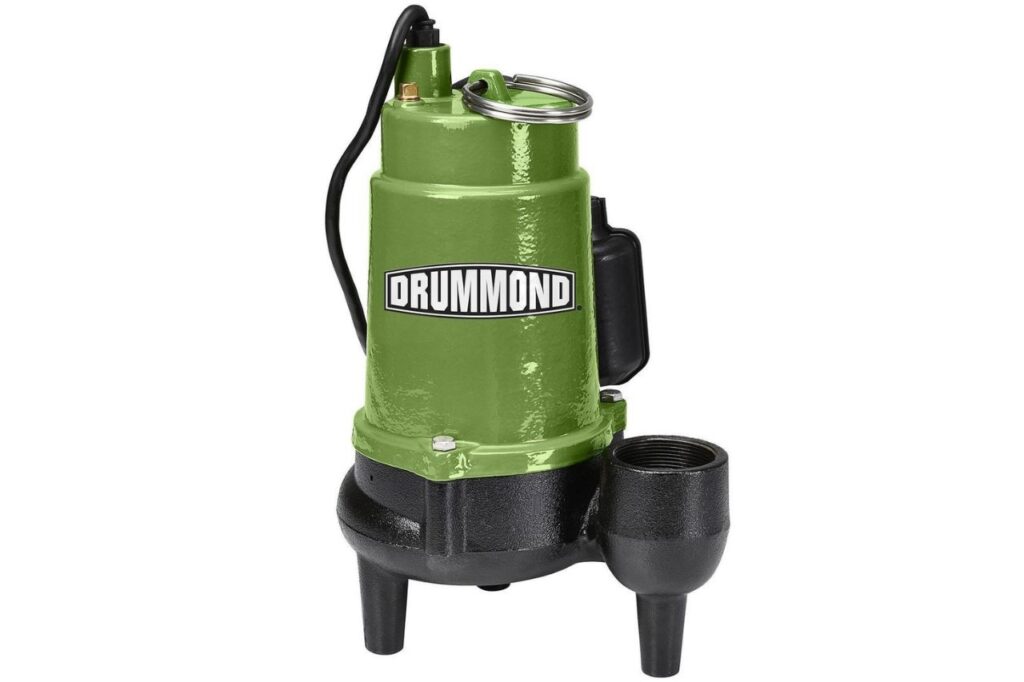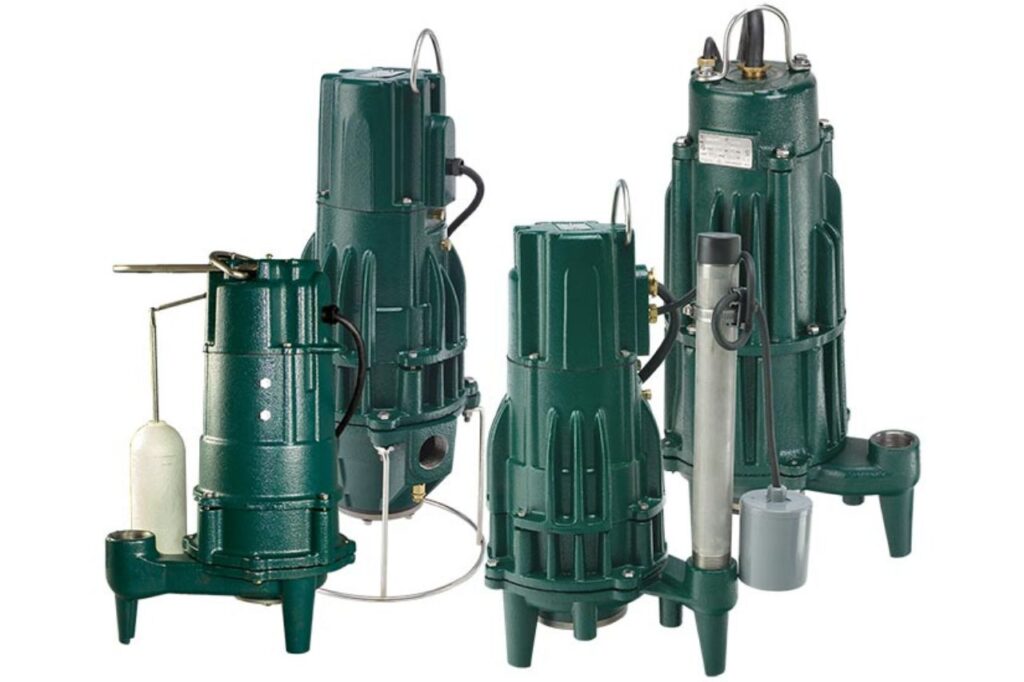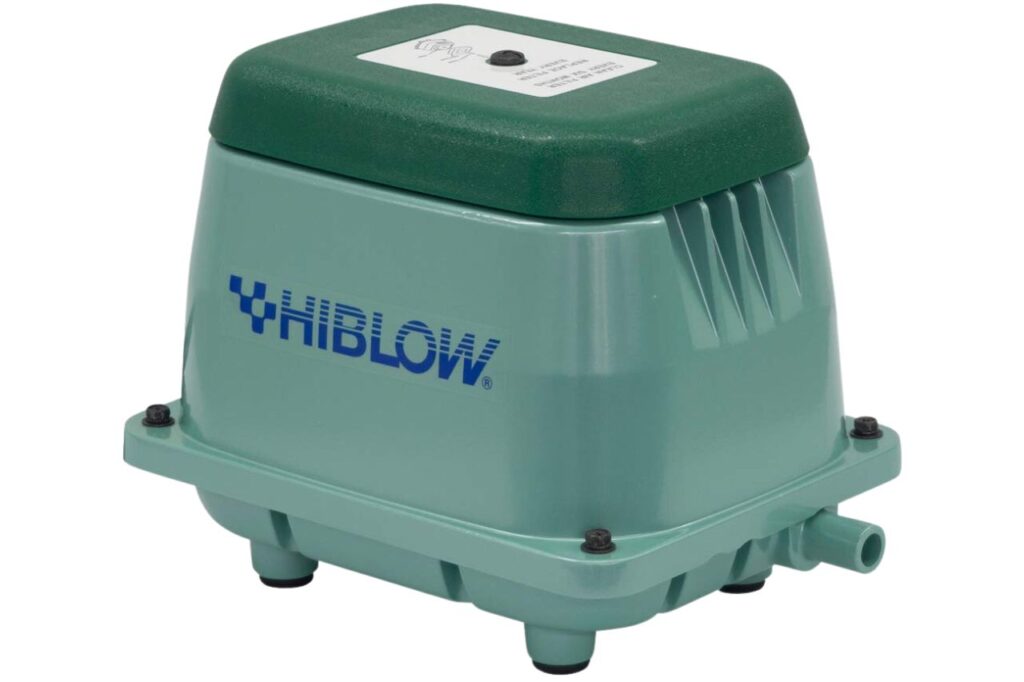Are you curious about what goes on beneath the surface of your septic tank? Well, it’s time to unveil the mystery and dive into the world of septic tank pumps! In this informative guide, we will take you on a journey through the various types of pumps that play a vital role in the functionality of septic systems. From submersible pumps to effluent pumps, we will demystify the terminology and explain how each pump works to keep your septic tank running smoothly. Get ready to unlock the secrets of septic tank pumps and gain a deeper understanding of this integral part of our everyday lives.
Overview of the Pumping Process in Septic Tanks
To understand the different types of pumps used in septic tanks, it’s crucial to grasp the overall pumping process. When wastewater enters the septic tank, it undergoes a series of natural processes. However, to ensure the effective removal of solids and prevent the tank from overflowing, septic tanks rely on pumps to move the wastewater from one stage to another.
The pumping process starts with the inflow of wastewater from your house into the septic tank. Gravity allows the solid waste to settle at the bottom, forming a layer of sludge, while the lighter materials float to the top, creating a scum layer. Between these two layers lies the effluent, which is the liquid part of the wastewater. The pumps in septic tanks are responsible for moving this effluent from the tank to the drain field, where it is further treated and eventually returned to the environment.
In addition to facilitating the movement of effluent, septic tank pumps also help in breaking down solid waste and preventing clogs within the system. Now that we have a basic understanding of the pumping process, let’s explore the different types of pumps used in septic tanks.
Types of Pumps Used in Septic Tanks

1. Submersible Pumps: These pumps are designed to be fully submerged in the effluent within the septic tank. Submersible pumps are an excellent choice for situations where the distance between the tank and the drain field is significant. By operating underwater, these pumps can generate higher pressure and pump the effluent over long distances. They are also known for their durability and reliability, as they are protected from external elements and potential damage.
2. Effluent Pumps: Effluent pumps, also known as sewage ejector pumps, are specifically designed to handle the effluent within septic tanks. Unlike submersible pumps, effluent pumps are not submerged in the effluent but are installed outside the tank itself. These pumps are capable of pumping effluent against gravity, making them ideal for uphill installations or instances where the drain field is located at a higher elevation than the septic tank. Effluent pumps are typically used in situations where the natural flow of gravity is not sufficient to move the effluent effectively.
3. Grinder Pumps: In septic systems that handle solid waste, grinder pumps play a crucial role. These pumps are specifically designed to macerate solid waste into smaller particles, allowing for easier transport through the system. Grinder pumps are typically used in scenarios where the septic tank is located below the main sewer line or in areas with challenging terrain. By breaking down solid waste, grinder pumps prevent clogs and ensure the efficient flow of effluent through the system.
Now that we have explored the different types of pumps used in septic tanks, let’s delve deeper into how each pump functions and when they should be used.
Submersible Pumps: How They Work and Their Benefits
Submersible pumps are a popular choice for septic systems due to their ability to operate underwater. These pumps are installed directly in the effluent within the septic tank, allowing them to pump the liquid directly to the drain field. The main advantage of submersible pumps is their ability to generate higher pressure, enabling the effluent to be pumped over longer distances. Submersible pumps are typically used in situations where the drain field is located far away from the septic tank.
One of the key benefits of submersible pumps is their durability. As they are fully submerged in the effluent, they are protected from external elements and potential damage. This makes them less prone to wear and tear, resulting in a longer lifespan compared to other types of pumps. Additionally, submersible pumps are generally quieter in operation, making them an ideal choice for residential properties.
It’s important to note that submersible pumps require regular maintenance to ensure their optimal performance. This includes inspecting the pump, checking the electrical connections, and cleaning the intake screens to prevent clogs. By following these maintenance procedures, you can prolong the lifespan of your submersible pump and ensure the smooth operation of your septic system.
Effluent Pumps: Functionality and When to Use Them
Effluent pumps, or sewage ejector pumps, are designed to handle the effluent within septic tanks. Unlike submersible pumps, effluent pumps are installed outside the septic tank and are not submerged in the effluent. These pumps are specifically designed to pump effluent against gravity, allowing for uphill installations or scenarios where the drain field is located at a higher elevation than the septic tank.
Effluent pumps are typically used in situations where the natural flow of gravity is not sufficient to move the effluent effectively. This could be due to the topography of the surrounding area or the specific layout of the septic system. By pumping the effluent against gravity, effluent pumps ensure that the wastewater reaches the drain field for further treatment.
When installing an effluent pump, it’s essential to choose the right size and capacity for your specific needs. A professional septic system designer can help determine the appropriate pump size based on factors such as the distance between the septic tank and drain field, the elevation changes, and the expected effluent flow rate. Proper sizing and installation of an effluent pump are crucial to ensure its optimal performance and prevent potential issues in the future.
Grinder Pumps: Their Role in Handling Solid Waste

In septic systems that handle solid waste, grinder pumps play a vital role in breaking down solid waste and preventing clogs. These pumps are typically used in scenarios where the septic tank is located below the main sewer line or in areas with challenging terrain. By macerating solid waste into smaller particles, grinder pumps allow for easier transport through the system.
Grinder pumps are equipped with sharp blades that shred solid waste into smaller pieces, making it easier to pump the effluent through the system. By breaking down solid waste, grinder pumps prevent clogs and ensure the efficient flow of effluent. This is especially important in systems that handle materials such as toilet paper, feminine products, or other non-biodegradable items that may cause blockages.
It’s worth noting that grinder pumps require regular maintenance to ensure their optimal performance. This includes inspecting the pump, checking the blades for wear, and clearing any debris that may accumulate in the system. Proper maintenance is essential to prevent clogs and ensure the longevity of your grinder pump.
Choosing the Right Pump for Your Septic Tank
When it comes to choosing the right pump for your septic tank, several factors should be considered. These include the distance between the septic tank and the drain field, the elevation changes, the expected effluent flow rate, and the presence of solid waste in the system. Consulting with a professional septic system designer is highly recommended to ensure that the pump selected is appropriate for your specific needs.
Additionally, it’s crucial to choose a pump from a reputable manufacturer that offers reliable products and excellent customer support. Investing in a high-quality pump will not only ensure its longevity but also minimize the risk of unexpected failures or malfunctions.
Maintenance and Troubleshooting Tips for Septic Tank Pumps
Proper maintenance of septic tank pumps is essential to ensure their optimal performance and prevent potential issues. Here are some maintenance and troubleshooting tips to keep your septic system running smoothly:
1. Regularly inspect the pump and check for any signs of wear or damage.
2. Clean the intake screens to prevent clogs caused by debris accumulation.
3. Check the electrical connections and ensure they are secure.
4. Monitor the pump’s performance and be aware of any unusual noises or vibrations.
5. Keep a record of the pump’s maintenance history, including the date of inspections and any repairs or replacements.
If you encounter any issues with your septic tank pump, it’s best to consult with a professional septic system technician. They have the knowledge and expertise to diagnose and resolve any problems promptly, ensuring the continued functionality of your septic system.
Common Misconceptions About Septic Tank Pumps

Misconceptions about septic tank pumps are prevalent among homeowners and industry professionals alike. Let’s debunk some of the common myths associated with septic tank pumps:
1. Myth: Septic tank pumps require frequent pumping.
Fact: Septic tank pumps do not require regular pumping. However, the septic tank itself may need to be pumped periodically to remove accumulated solids.
2. Myth: Septic tank pumps are noisy and disruptive.
Fact: With proper installation and maintenance, septic tank pumps can operate quietly and without causing disruptions.
3. Myth: Any pump can be used in a septic tank.
Fact: Only specific types of pumps, such as submersible pumps, effluent pumps, or grinder pumps, are suitable for septic tank applications.
By debunking these misconceptions, we can ensure that homeowners and industry professionals have accurate information about septic tank pumps and make informed decisions regarding their septic systems.
Conclusion: Importance of Proper Pump Selection and Maintenance for a Healthy Septic System
Understanding the different types of pumps used in septic tanks is essential for maintaining a healthy septic system. Whether you’re installing a new septic system or maintaining an existing one, choosing the right pump and ensuring its proper maintenance are crucial for the system’s longevity and optimal performance.
Submersible pumps are ideal for long-distance pumping, offering durability and reliability. Effluent pumps are designed to handle uphill installations and situations where gravity alone is not sufficient. Grinder pumps play a crucial role in systems that handle solid waste, preventing clogs and ensuring smooth operation.
By following proper maintenance procedures and consulting with professionals when needed, homeowners can enjoy a trouble-free septic system that efficiently handles wastewater for years to come. Understanding the inner workings of septic tank pumps allows us to appreciate their importance and the vital role they play in our everyday lives. So, the next time you flush, remember the intricate process that takes place beneath the surface, thanks to the different types of pumps used in septic tanks.

